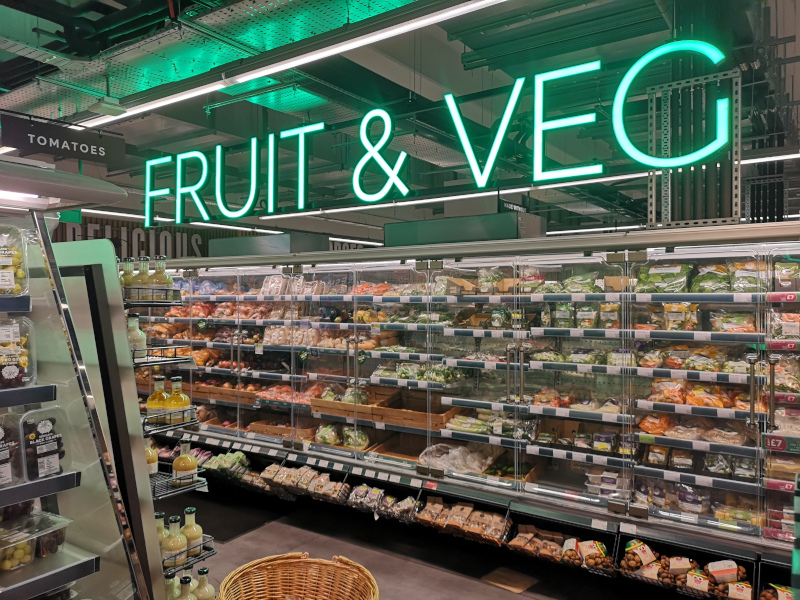The Centre for European Reform (CER) has calculated that the country’s economy is 5.5% smaller than it would have been without the collapse of trade across the English Channel, the shortage of Eastern European workers and the customs bureaucracy that has been generated for exchanges with the EU.
The effects of this double whammy are translated into an inflation rate that reached its maximum point in November, with 14.6% for products that are sold in supermarkets (measured by Kantar). Worst of all is the fact that the downturn in the prices will occur more slowly than in the rest of Europe or they will simply continue to rise over the next six months.
In this context, family incomes have had to face up to an unprecedented rise in prices, while wages have increased by an average of 6.3% (ONS, November, 2022), although once the effects of inflation have been taken into consideration, workers’ incomes have been reduced by 2.6%.
Regarding the large consumption sector, the United Kingdom enjoys some particularities. The main one, without any doubt, is Brexit, which makes trade difficult with the country’s historically natural partners, but they also have a very competitive market and the two German discount chains are reliving the success they had during the financial crisis a decade ago, managing to attract a large number of clients.
Of course, this movement of shoppers is putting significant pressure on the other brands that have taken this situation into consideration and, as a first step, have dropped the prices of their products in order to enjoy greater competitiveness, putting further tension on the entire food chain.
In one year, Aldi and Lidl have each gained a 1% share and have risen up the ranking of the British large consumption sector, taking clients away from the other supermarkets.
The fruit and vegetable categories recorded very bad results in 2022. Both lost value and volume, with a steeper drop for vegetables (-9.6% in volume and -7.6% in value) than for fruit (-5.2% in volume and -2.2% in value, according to NielsenIQ). There are only a couple of exceptions to this: berries in fruit, which thanks to the long, hot summer and events such as Queen Elizabeth’s Jubilee managed to grow, and pumpkins, which enjoyed the first restriction-free Halloween for the past few years and this boosted their sales compared to the previous year.
These decreases are due, according to the valuation given by the NGO VegPower, to the fact that the British consider fruit and vegetables as less essential than other products. They buy few, but when they have to divide up their budget, they are forced to buy less of everything; therefore they prefer to acquire other products and maintain a minimum of fruit and vegetables.
And this becomes more dramatic if we take into account the agricultural production situation. As the costs of the agricultural inputs rise (fertilisers and other elements), along with energy prices, the problem of finding labour to work on the farms is added, an aspect that has become very difficult with the new immigration policy established after Brexit. Many farmers are in a desperate situation.
The year 2023 is looking bleak. It is expected that inflation will continue to be pronounced during the first six months of the year and British households and farmers will continue having to control their expenses and wait for better times.











